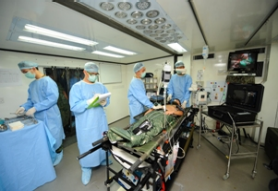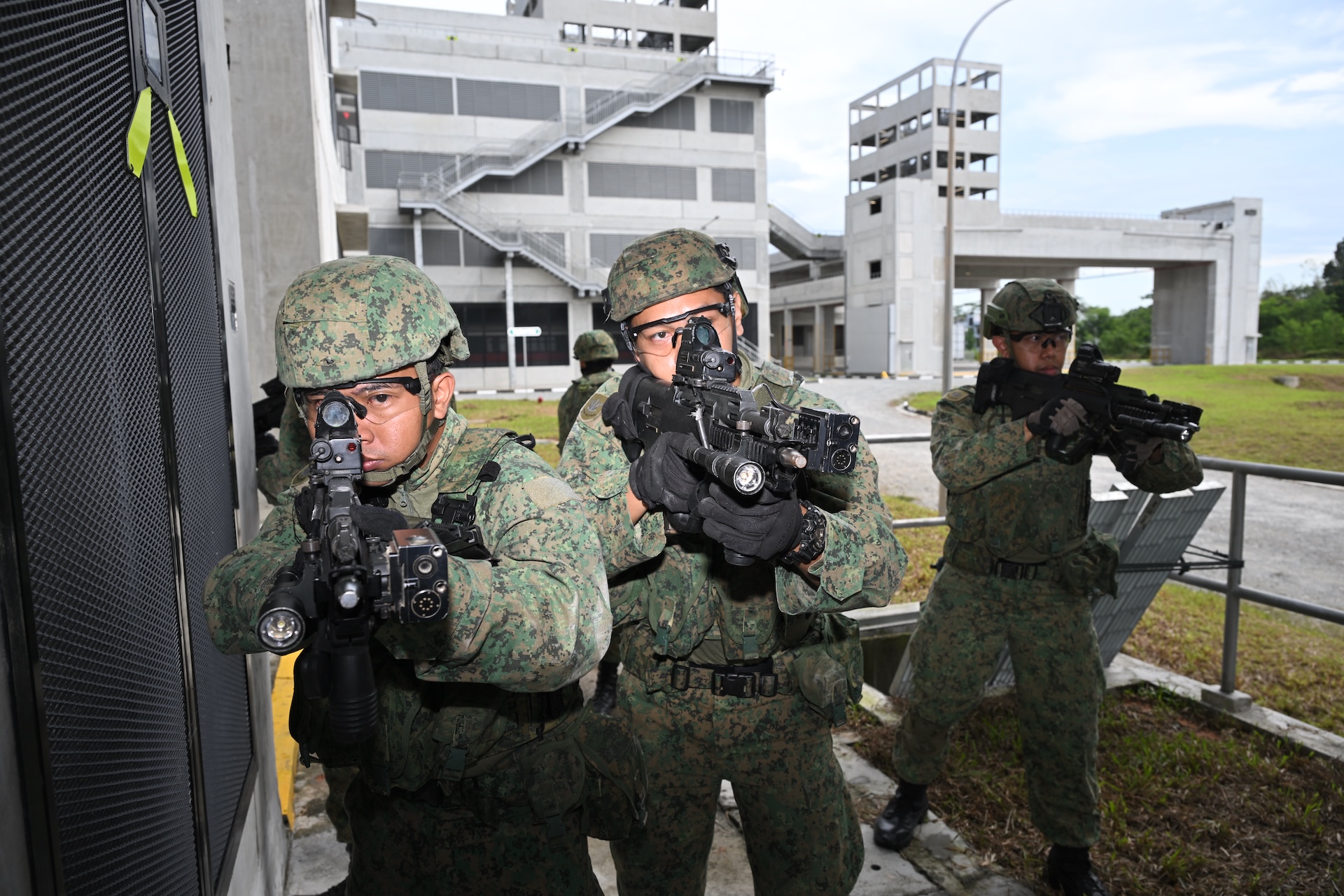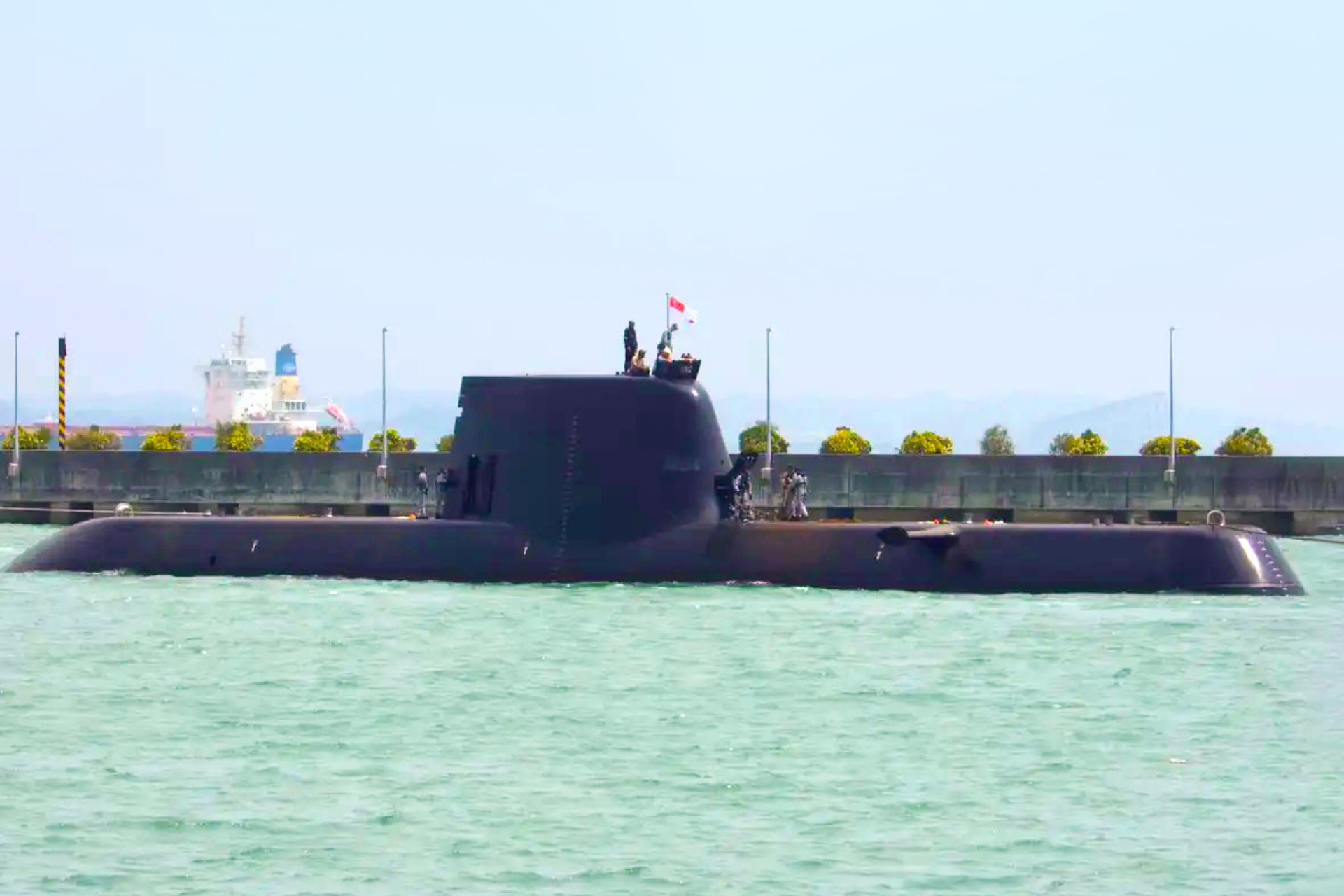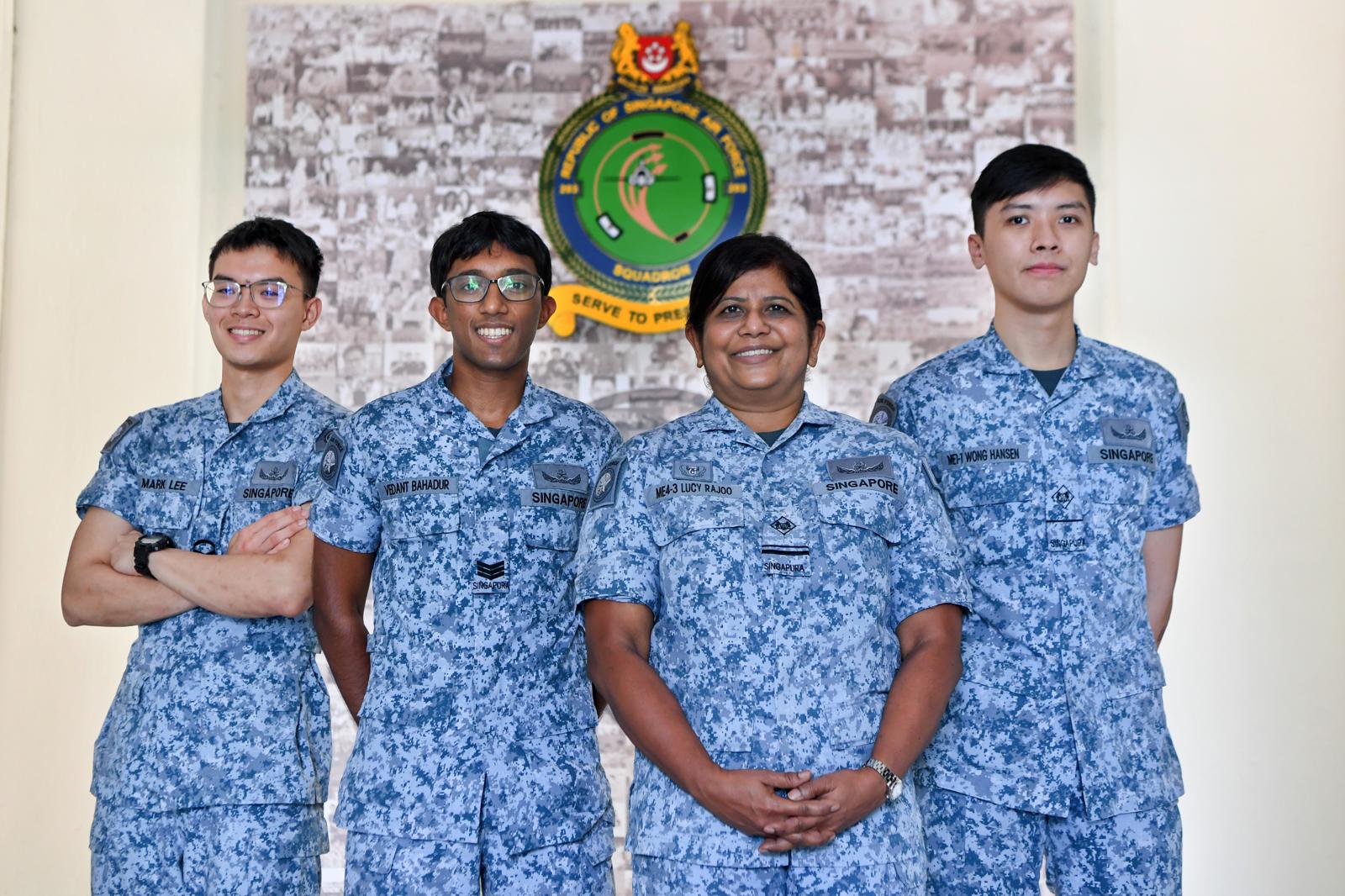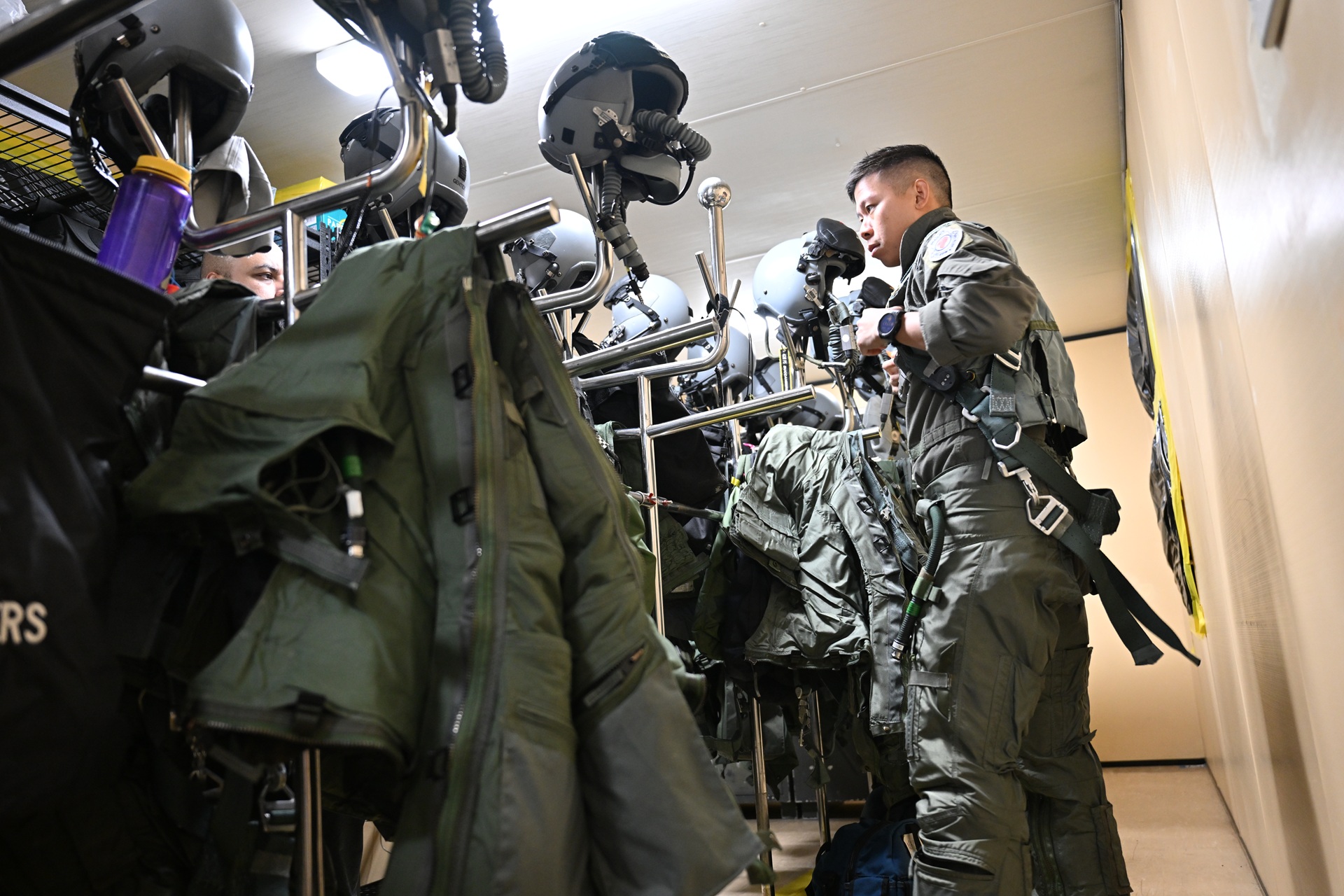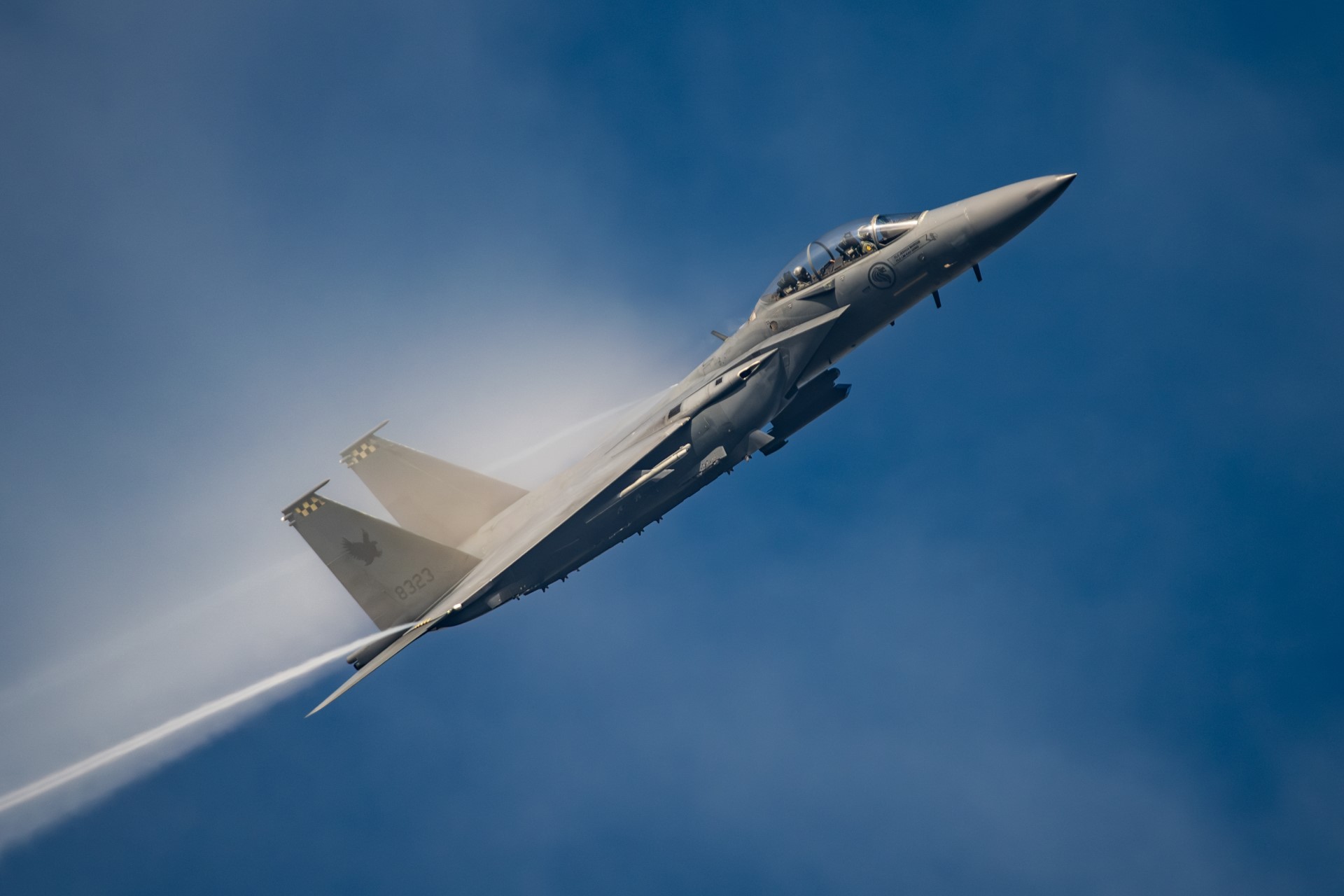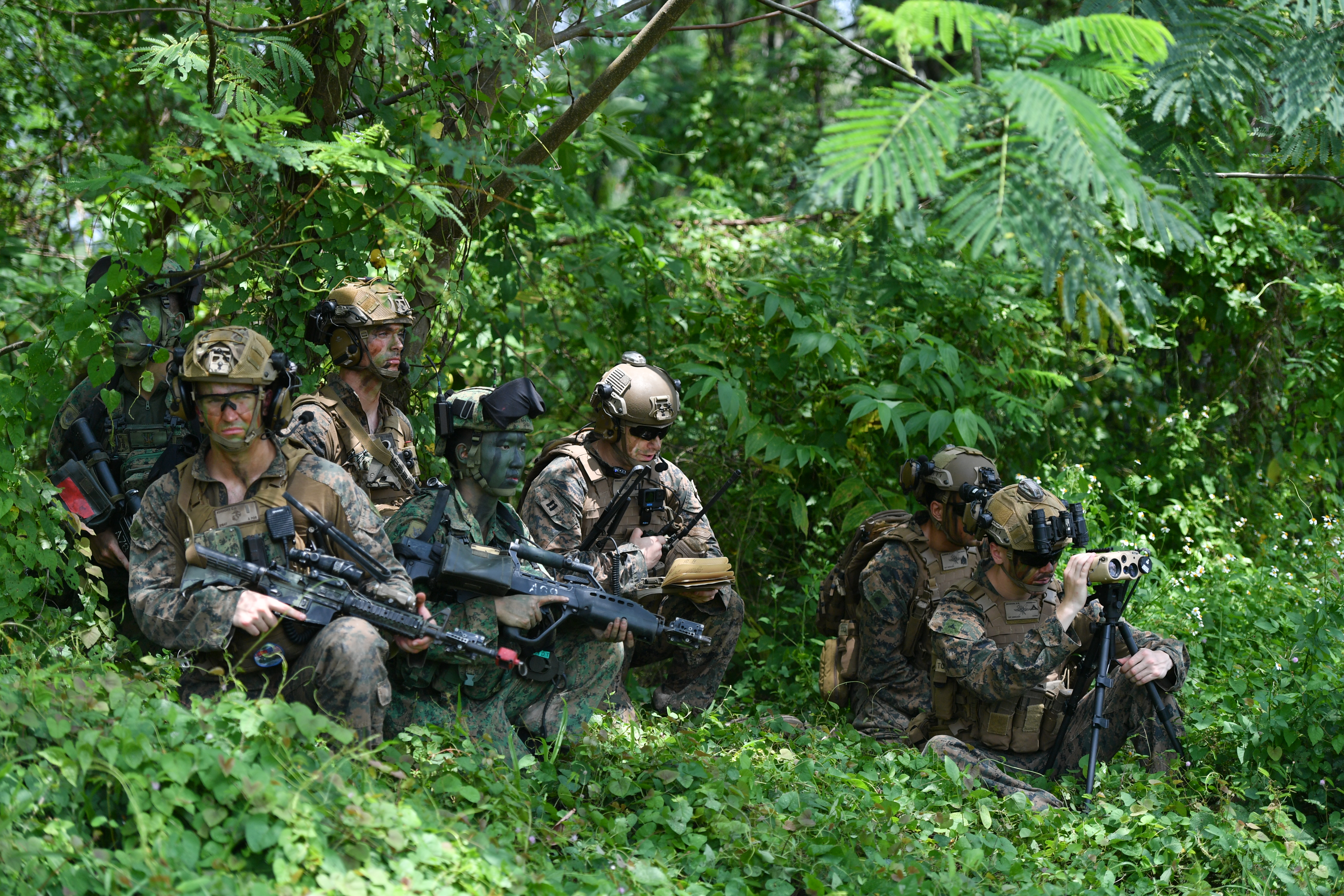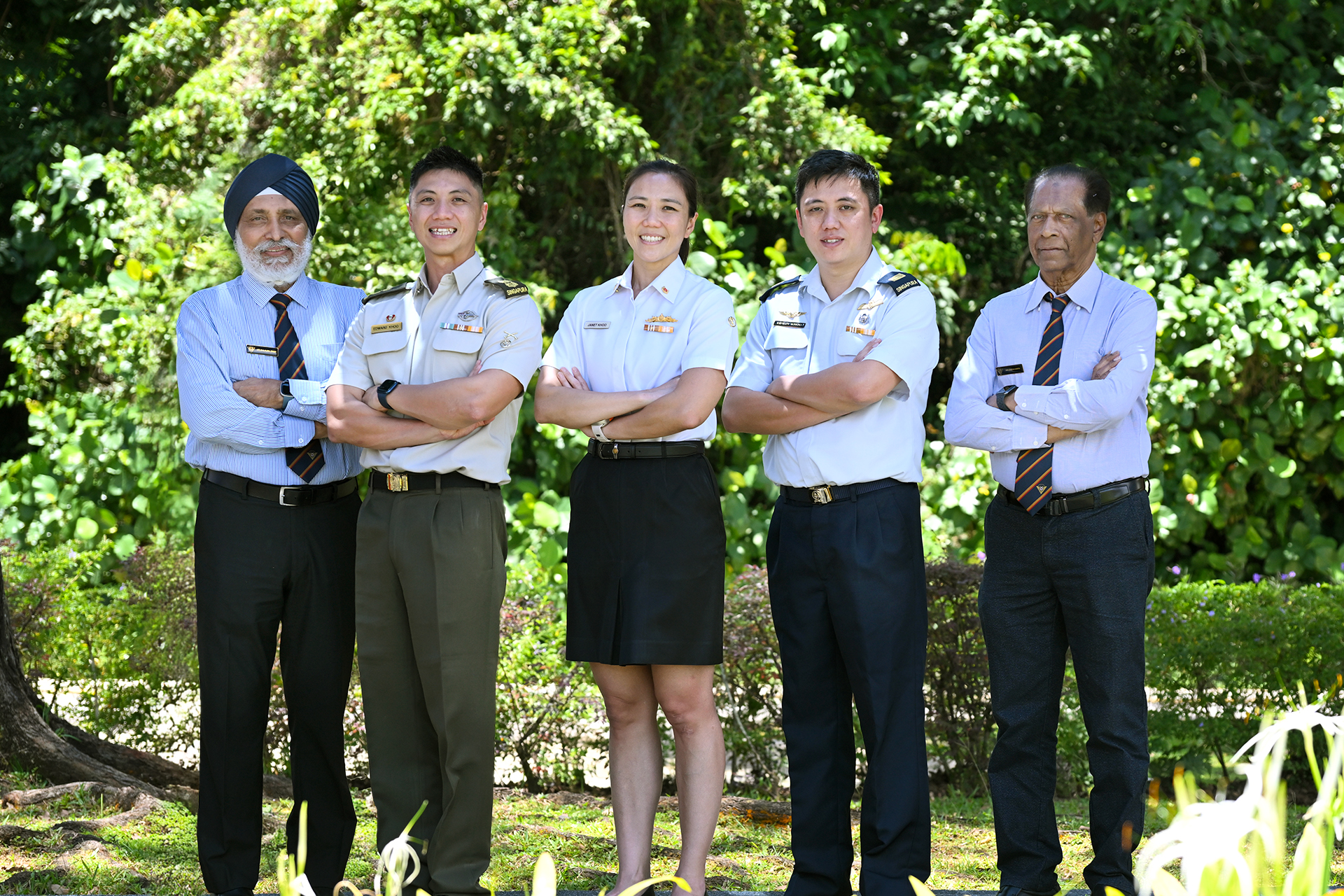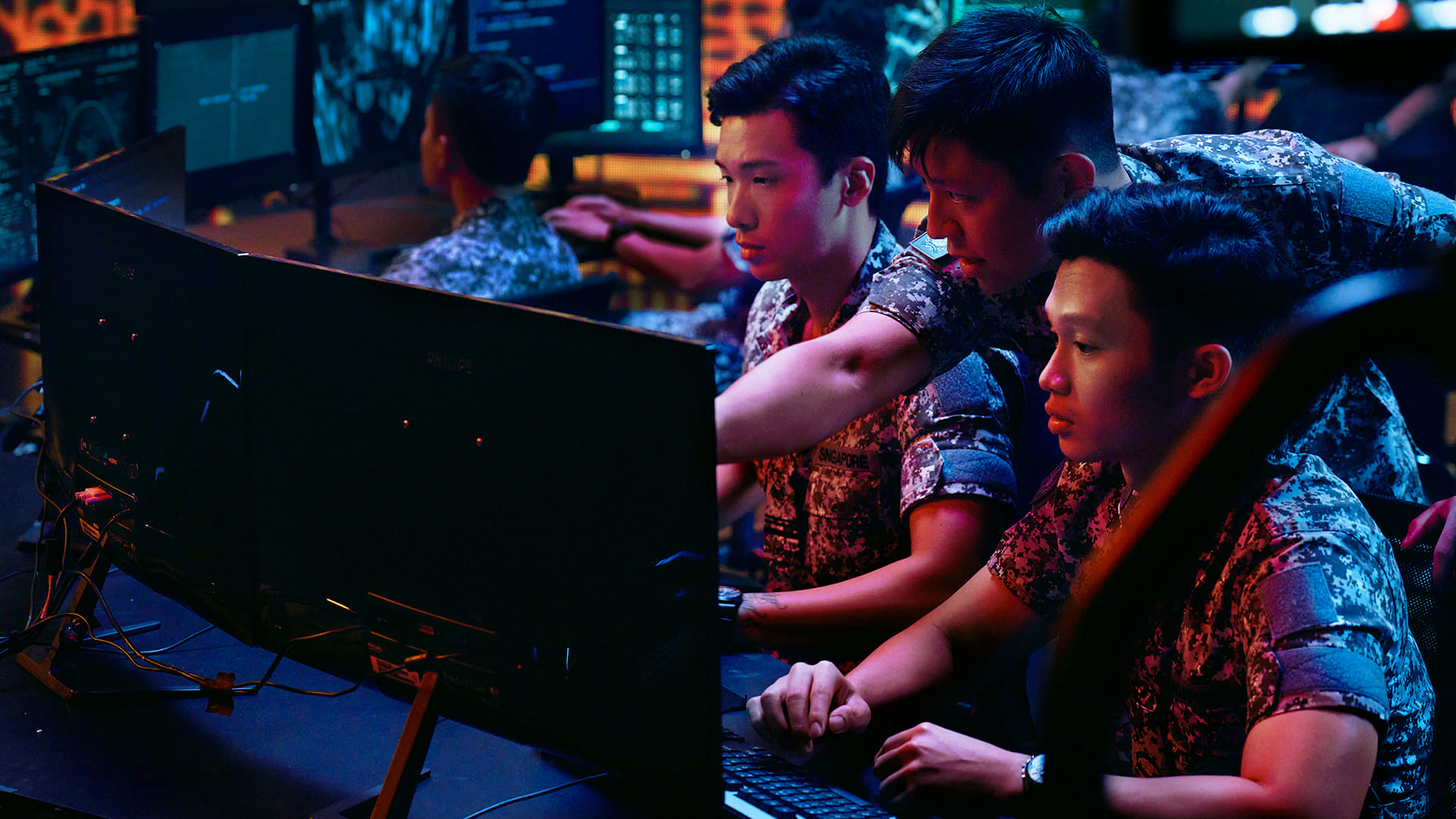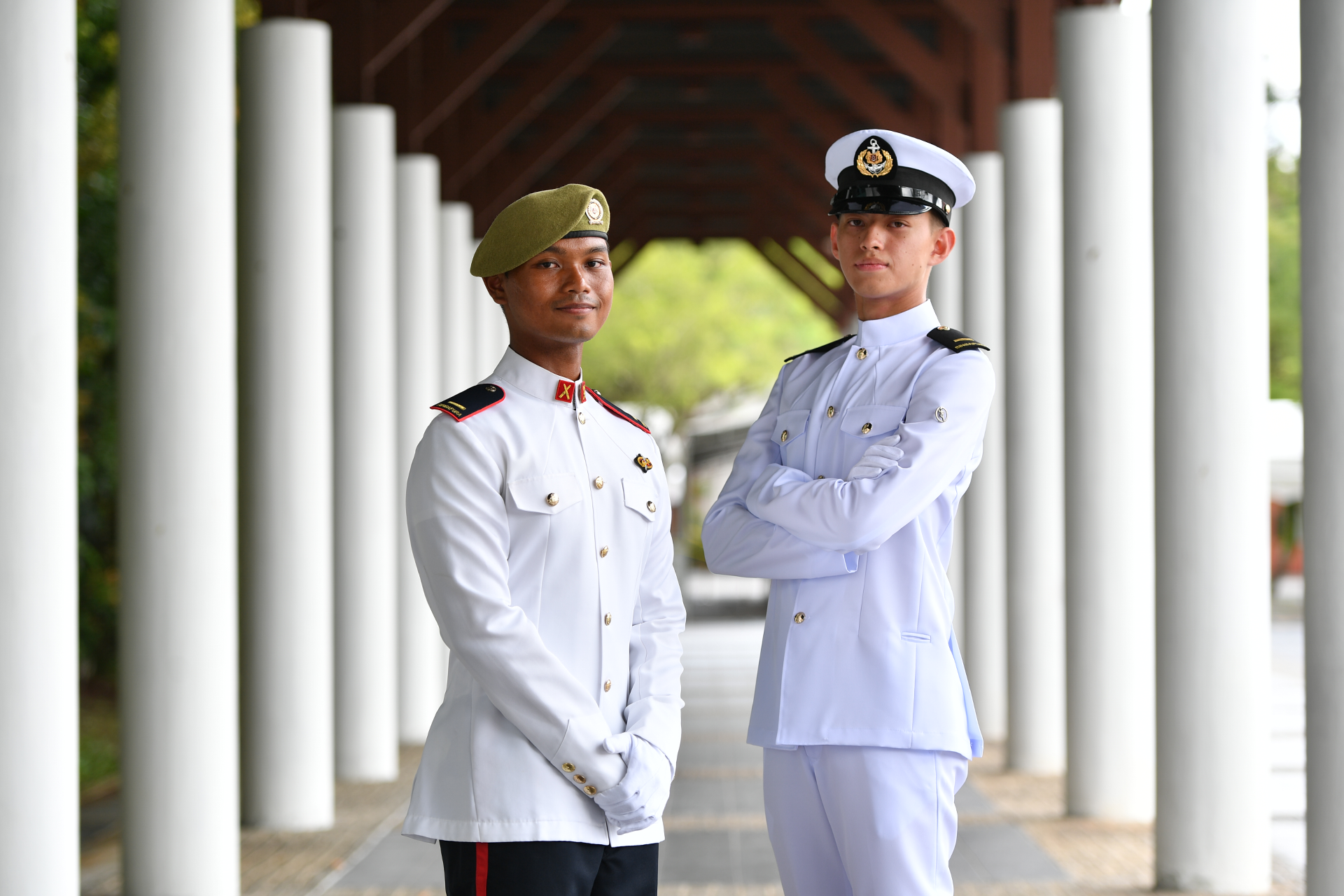SPEEDIER, ENHANCED MEDICAL CARE FOR THE 3RD GENERATION SAF SOLDIER
PHOTO // Chua Soon Lye
In the battlefield, speed and precision are of the essence. This applies not just to warfare capabilities, but also, the armed forces' ability to provide swift and responsive medical assistance to its soldiers.
In the 3rd Generation Army Medical Support System (AMSS), the Singapore Armed Forces (SAF) Medical Corps is bringing its medical capabilities even closer to injured servicemen in the field, hence providing advanced life-saving treatment within in a shorter time. This helps to enhance casualty survival across the army's full spectrum of operations and training, shared Chief Army Medical Officer Lieutenant-Colonel (LTC) (Dr) Chua Wei Chong.
Officially launched by Deputy Prime Minister and Minister for Defence Teo Chee Hean at Nee Soon Camp on 10 Jul, the AMSS incorporates state-of-the art technology to every level of care along the casualty evacuation route - from the front line right up to the base hospital.
Casualties will now be able to receive advanced trauma and life support within the hour at the Battalion Casualty Station (BCS), which provides the facilities of an Accident and Emergency (A&E) room near the frontline. This new self-automated platform can now be set up in 15 minutes, about half the time the time it takes as compared to the current BCS.
Speedy access to surgical support is also greatly enhanced with the forward deployment of a Mobile Surgical Team (MST), which enables damage control surgery to be performed within two hours of injury. These life- and limb-saving operations help to stabilise severely wounded casualties and extend the "golden hour" of survival.
For complex medical cases, the sharing of data and clinical expertise is readily available via telemedicine, whereby medical teams in the field are able to communicate and transmit live video images to specialists at the Combat Support Hospital (CSH). Critically injured servicemen who require urgent surgical treatment can be transferred directly from the field to the next stage of medical care through aero-medical evacuation.
Commenting on the wide range of multi-disciplinary services available at the CSH, LTC (NS) (Dr) Heah Sieu Min, Commanding Officer, First Combat Support Hospital, said: "We have the capability of operating like a modern base hospital, with operating theatres, intensive care units, general wards, lab facilities, a blood bank and pretty much all the equipment that will sustain us in battle to give support to the casualties."
"In other words, when servicemen are injured, they know that everything that can be done will be done in order to save them," he added.
Even before the casualty is evacuated to any of these medical facilities, help is ready at hand with the 3rd Generation combat medic, who will perform critical emergency care right at ground zero.
A serviceman suffering from massive arterial bleeding in his leg, for example, is likely to die from excessive blood loss within three to five minutes if he does not receive immediate medical attention.
Now armed with new and improved equipment, the combat medic will be able to stop the bleeding within seconds by applying the combat tourniquet. In cases such as neck wounds, where a tourniquet cannot be applied, the medic can now use the new haemostatic dressing, a blood-clotting product which rapidly stops profuse bleeding in a matter of minutes.
First Sergeant Alfatah Abdul Karim, a medical trainer at the SAF Medical Training Institute, personally validated the use and effectiveness of such equipment during a recent medical mission to the province of Oruzgan in central Afghanistan.
"With these new additions, we can arrest the bleeding quickly, allowing us to assess the extent of the casualties' injuries more accurately, and giving us more time to focus on treating them," he explained.
"Having used both the old and new equipment, not only is there a remarkable difference in terms of speed and efficiency, it also gives the patients' greater confidence in our capabilities."
Another helpful tool for the medic is the Personal Data Assistant (PDA), which can retrieve information from the casualty's Radio Frequency Identification (RFID) tag. The medic's findings and the treatment he provided can also be stored in the tag for easy reference and updating by other doctors and medics.
Said Full-time National Serviceman Third Sergeant Muhd Faisal Johandi: "This is very useful because with one scan from our PDA, we can find out the casualty's medical history and records, such as his blood type and whether he has any allergies to certain medication."
All combat medics will be equipped with the new equipment in August next year.
10 Jul 09 - Army Launches 3rd Generation Medical Support System
10 Jul 09 - News Video: The 3rd Generation Army Medical Support System
